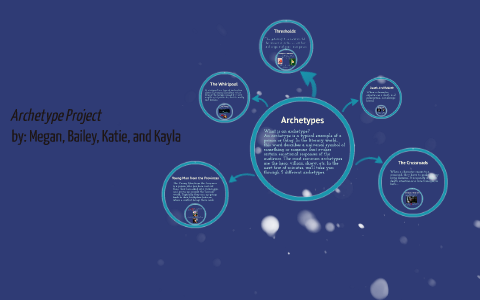The crossroads archetype is a common literary and psychological concept that refers to a moment in a person's life where they must make a significant decision or choice that will have a lasting impact on their future. This archetype is often used to explore themes of identity, growth, and self-discovery, as well as the challenges and opportunities that come with change.
One well-known example of the crossroads archetype can be found in the Greek myth of Orpheus and Eurydice. In this story, Orpheus, a talented musician, must journey to the underworld to rescue his wife, Eurydice, who has been taken by Hades. Upon arriving in the underworld, Orpheus is granted permission to take Eurydice back to the land of the living, but only if he agrees to walk in front of her and not look back until they reach the surface. Orpheus agrees to these terms, but when he reaches the entrance to the underworld and hears Eurydice's footsteps behind him, he can't help but turn around to make sure she is there. This one act of curiosity and doubt leads to Eurydice being pulled back into the underworld, and Orpheus is left to mourn her loss.
In this story, the crossroads occur when Orpheus must decide whether to follow the rules set by Hades and resist the temptation to look back, or risk everything by breaking the rules and potentially losing Eurydice forever. This decision ultimately leads to Orpheus' tragic outcome, but it also serves as a cautionary tale about the consequences of our choices and the importance of trust and faith.
Another example of the crossroads archetype can be found in the story of the Prodigal Son from the Bible. In this parable, a young man leaves his father's house and squanders his inheritance on a life of excess and pleasure. When he returns home penniless and hungry, his father welcomes him back with open arms and throws a lavish feast in his honor. This story explores the theme of redemption and the power of forgiveness, as the prodigal son's father represents the archetype of the wise and loving guide who helps his son find his way back to the path of righteousness.
In literature, the crossroads archetype is often used to symbolize a turning point or major transition in a character's life. For example, in the novel "The Great Gatsby," the main character, Jay Gatsby, is at a crossroads when he must decide whether to pursue his dream of winning back his former love, Daisy Buchanan, or accept that their relationship is over and move on. Gatsby's decision ultimately leads to his tragic end, but it also serves as a commentary on the dangers of holding on to the past and the importance of letting go.
In conclusion, the crossroads archetype is a powerful literary and psychological concept that explores the challenges and opportunities that come with making significant decisions and choices. It is often used to explore themes of identity, growth, self-discovery, and the consequences of our actions. Whether it's in Greek myth, the Bible, or literature, the crossroads archetype serves as a reminder of the power of our choices and the importance of being mindful and purposeful in the paths we choose.






